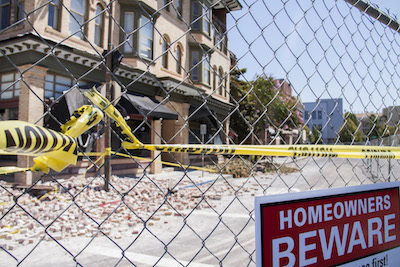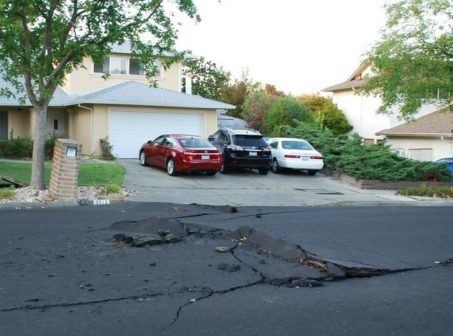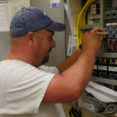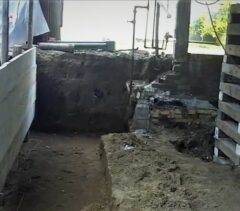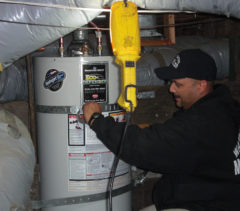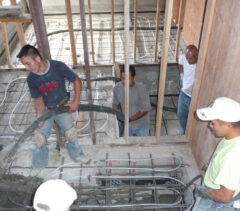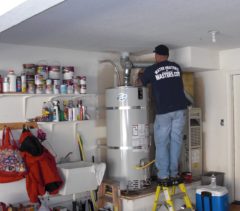
Assessing Your Home’s Foundation
BRISBANE — Earthquakes are an ongoing concern for anyone who lives in the Bay Area. One way you can be proactive about protecting your home and family is to know the condition of your home’s foundation. If you understand the signs to look for, you can determine if measures are needed to bolster your home against earthquake damage.
Depending on when your home was built, the character (as well as the quality) of its foundation can vary. For example, many houses built in the 1920s and ’30s have foundations that were engineered using local materials, which isn’t good. Local sand contains impurities, which leads to degradation of the concrete. Also, builders in those days likely didn’t use enough Portland cement, as it was very expensive.
To assess the condition of your home’s foundation, perform this simple test: go down to your basement with a hammer or screwdriver and attempt to scrape off a piece of your foundation. If you’re successful, it’s a sign that the foundation’s integrity is compromised, in which case you should call a structural engineer.
Another thing to look for when assessing your home’s earthquake readiness is signs of foundation settlement, which can be caused by anything from poor soil compaction to drainage issues. In most cases, signs of foundation settlement can be found inside the home in the form of wall cracks, whether in corners or diagonally above doors and windows. Another common sign is a door or window that suddenly becomes difficult to open or close. If you start to notice these signs in your home, it might be time to get a professional assessment from a structural engineer.
